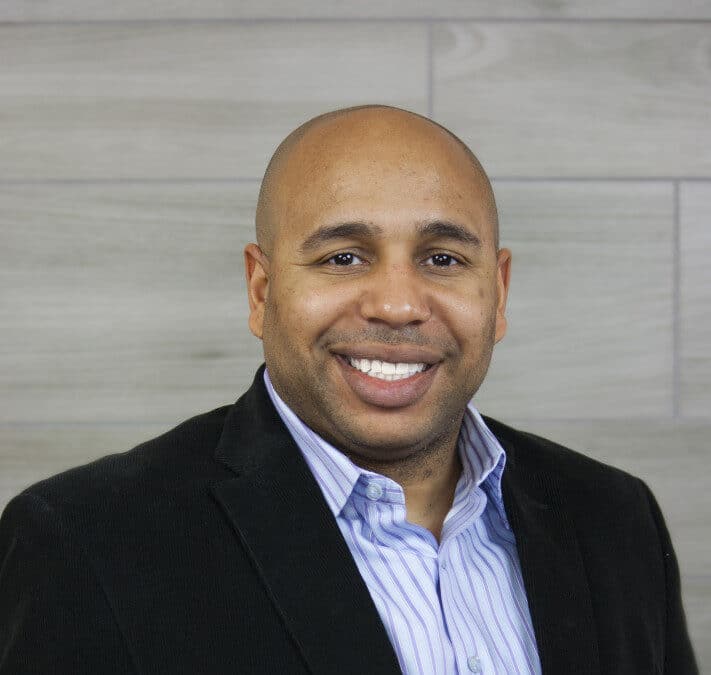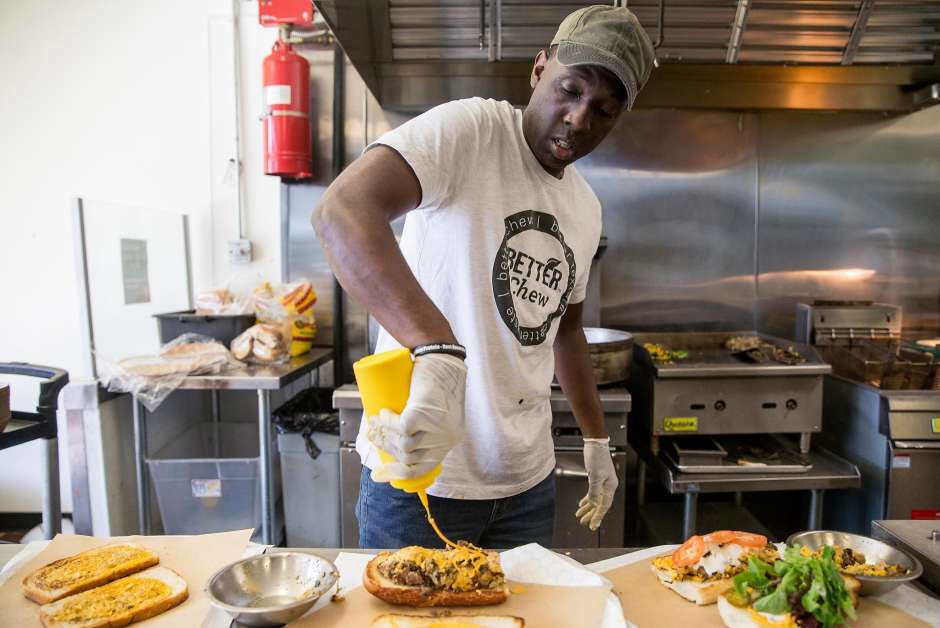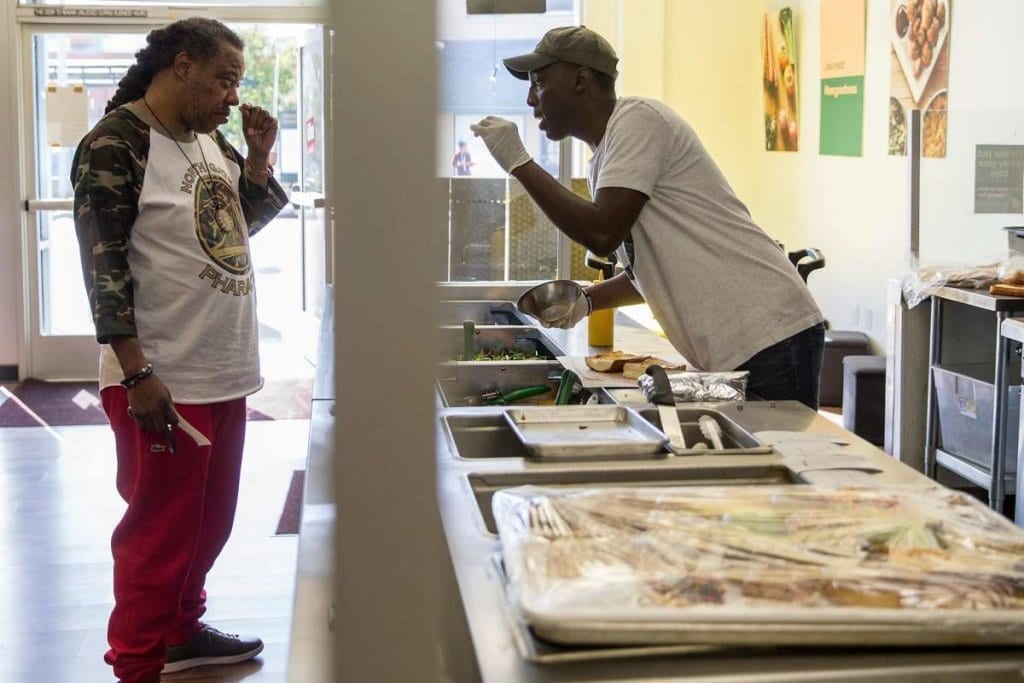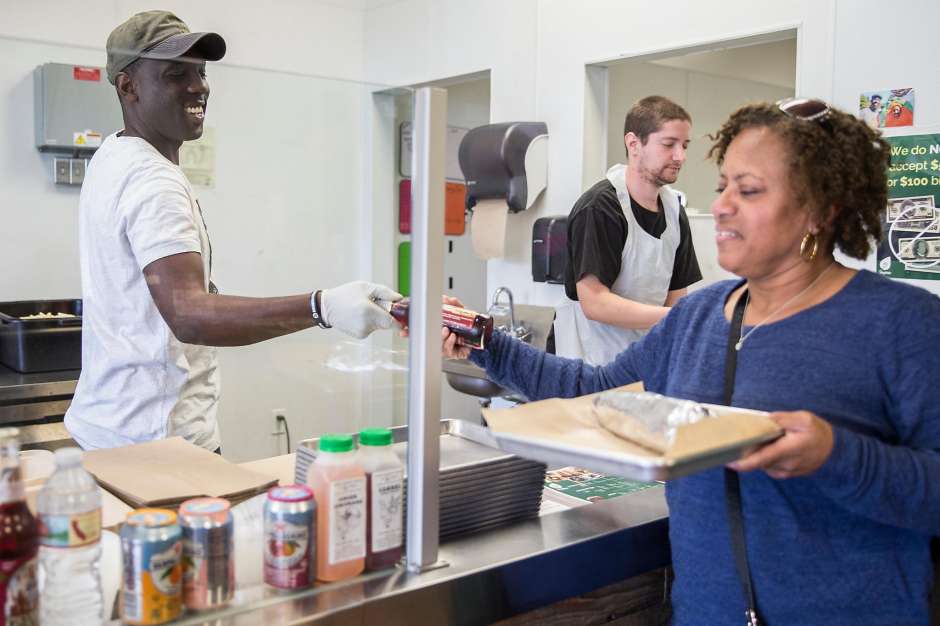Lending is an industry that has seen a lot of changes in the last few decades. Not only is the economic environment lenders work in constantly evolving, but the processes in the industry are as well.
Influenced by the multiple innovations taking place in fintech, the lending industry has opened its doors to different kinds of lenders, resulting in the need for new processes to meet the evolving demands. Digitization is now a best practice when it comes to opening up access to lending for all small business owners.
Financing is a critical part of every business’s growth. It helps businesses get the tools and equipment they need to grow and expand. Keep reading to discover the different ways in which lenders can add digitalization to their processes so that they can provide the best service possible.
Acquiring Customers through Digital Touchpoints
Digital Data Lending
This involves gathering as much information as possible about potential customers before they apply for a loan so that you can make an informed decision about whether or not they should be approved for one. This can be done by using an algorithm that calculates the probability of default based on past behavior and other factors such as social media activity or credit history.
Distribution of Funds through Digital Channels
Lenders can use digital channels to transfer loans once they’ve been approved—meaning that if someone wants their money right away, now they’ll be able to access it quickly through an app or website. While there may be some costs associated with setting up these systems initially, they will save lenders a lot of time and money in the long run.
Educational Videos to Explain Banking Concepts
Creating educational videos to explain banking concepts would help engage with and provide financial education to customers, from how to take out a loan to how to save for retirement and more. Instructional videos also help to walk customers through steps in the application process that often trip applicants up.
Additionally, lenders could create interactive apps that walk customers through the steps of applying for a loan or opening a new account. These features could be accessed through the lender’s website or a mobile app. By making the process more digital and user-friendly, lenders can provide a better experience for their customers.
In today’s competitive world, lenders have had to transform their business goals and business models to place their customers’ interests at the forefront. With client satisfaction in mind, they need to focus on the value proposition of digitalization in making processes easier and more user-friendly.
Lendistry prides itself on being a reliable source of financial education for small business owners. With the help of innovative technology and a wide range of financial programs, the Lendistry team provides economic opportunities for small business owners looking to serve their communities.


















































